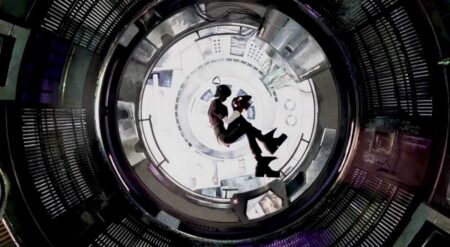The Haunting of Joni Evers is the debut game from Causeway Studios, which tells a personal story about family, healing, and ultimately, as the game’s Steam page says, “some houses aren’t just homes.” With one foot in horror and the other in a psychological thriller, the game centers on the Cunningham House. Having once housed generations of the same family, their trauma and their joy are still within its walls, as is a nefarious haunting presence.
When Joni returns to her childhood home, she explores the massive mansion in small-town Oklahoma. She confronts the legacy she’s connected to, as well as her own relationships and the anger and longing they each bring to her life. A generational story that explores the nuances of the “walking sim,” allowing players to pick up items and learn more about Joni, her family, and her relationships, putting them in her shoes. And that’s all, while a threatening force inhabits the house.
We spoke with Gregory Rogers, Creative Director and Game Director of The Haunting of Joni Evers, about the game, the importance of empathy, and why narrative, rather than a genre or game type, is central to Causeway Studios.
To start, and inspired by the Halloween season, I asked the Creative Director, Why horror? Why lean into this genre as a debut for the studio? He responded, “I’m not even sure I would say we’re horror first. The Haunting of Joni Evers, I think, would qualify more as a psychological thriller than a straight-up horror. Although depending on what scares you, I believe that the psychological components could definitely be just as terrifying as a monster chasing you down.”
The question of what constitutes horror has been a significant topic of discussion in the genre across various forms of entertainment. What makes a piece of media fall into the horror genre is subjective to the viewer and the creator; however, that discussion usually leads to a conversation about what fear is ultimately. And for Rogers, the genre was less important than the story itself.
Causeway Studios sees narrative as its core pillar.
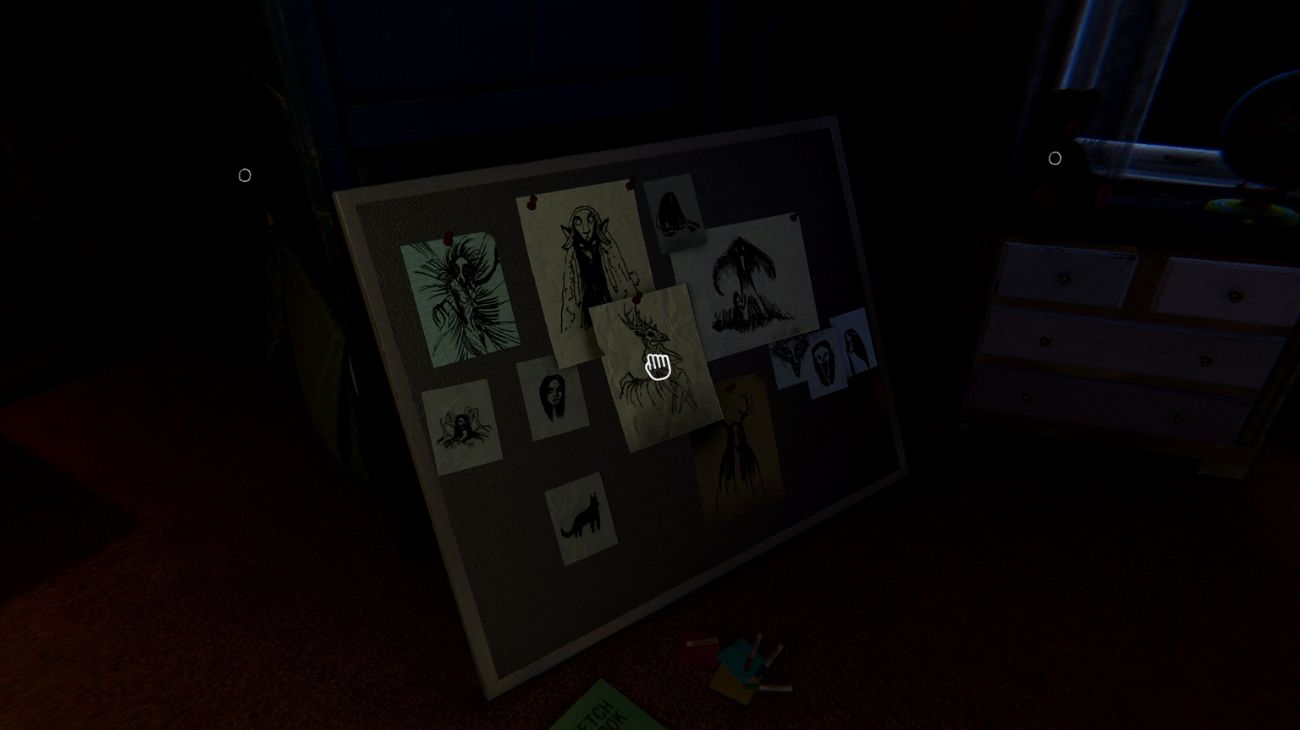
He continued, “I think for this it fits the vehicle of the impetus for this game in particular, as we are a very narrative-first studio. Everything we do in narrative is going to be a key pillar, and then other elements will come along to support that. In this case, horror-psychological-thriller components seem to support the story.’
“The Haunting of Joni Evers was really a little bit of a love letter to narrative games that had inspired us in the past. Things like Gone Home, Dear Esther, [and] What Remains of Edith Finch, there [is a] tinge of horror to those games as well. We are just putting our own twist on it. For example, in Gone Home, there’s a very overt horror theme to it, and there are psychologically horrific things that happen, but not the way you think that they would happen.
With Joni, it’s like, well, what if we did that, but what if the haunting was real? What would that allow us to say about our characters, and then also give a window into this larger Worlds Across the Causeway connected anthology universe that we’re building, where this is just a single piece,” he said.
Beyond the haunting and my love of the supernatural in all my media, The Haunting of Joni Evers intrigued me because of where it’s set. Whether you consider Oklahoma a part of the South or the Midwest, the rural reality of the state puts it in a region that is often overlooked in popular media. When Oklahoma does show up, it’s a place to run from, where one escapes from for something better. But for Causeway Studios’ story, it’s home.
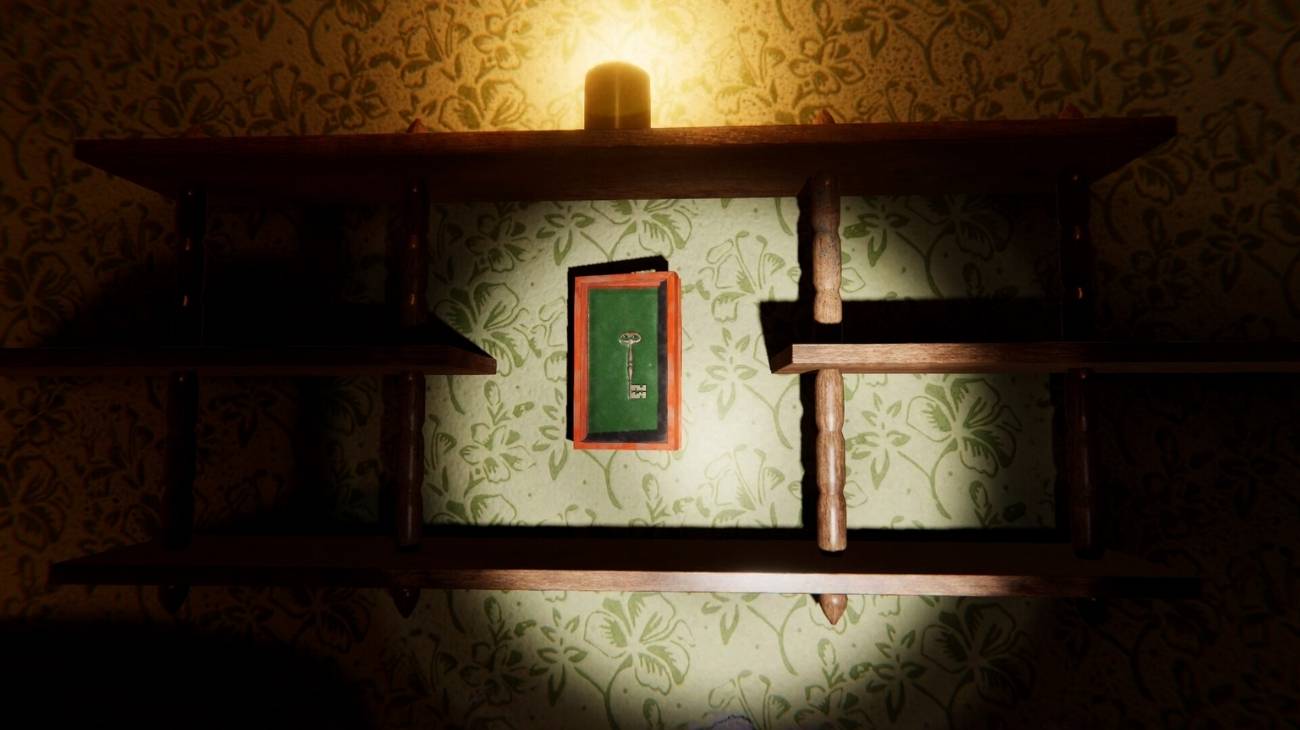
Rogers answered the question with a little background on the studio, “Causeway Studios is based in Northwest Arkansas. So, in a meta sense, as creatives in our own way, we kind of feel that sense of [being in a] flyover state, and [its] overlooked nature.
I think that the themes of the stories that we want to tell have a very specific resonance with people, but [our stories] also have something overarching, a feeling of being something that’s not the stereotype, in a good way. Nowhere is a monolith. No group is a monolith, and no place is a monolith. I think tapping into those elements for our kinds of stories seemed like a natural place to go.”
Then, Rogers gave some insight into the town that The Haunting of Joni Evers is based in, Harvest, Oklahoma. He said, “In terms of Harvest, the city in which the game is set, we’re just in this one house within this larger town, and that’s how we make other references as part of this larger Worlds Across the Causeway-connected anthology universe. We have this website, and I’ll be typing up little vignettes of us building out these stories, these micro-fictions.”
The micro-fictions that Rogers is mentioning are all part of a wider, connected anthology universe that Causeway Studios is envisioning for the future. Titled Worlds Across the Causeway, players can read more about Harvest and the larger connected world it inhabits on the studio’s website. However, the most important part of it is how the micro-fiction on the website serves as kernels that The Haunting of Joni Evers can build on more broadly as the player explores and finds more of them throughout the house.
A walking sim with just the right touch of horror, The Haunting of Joni Evers is just the start of a larger connected anthology.

Rogers explained, “That’s where it originated first: I wrote a brief micro-story about Joni. Actually, it’s in the very beginning of the game when you go into the garage in the very first area, and you pick up a newspaper clipping from an eclectic local newspaper called The Inquirer and Reflection. It’s got a story called ‘What Happened in the Cornfield last night?’ And Joni’s like, ‘I don’t sound like this. What is going on here? And that was actually written like two years prior. It was just me writing a little story about what might happen in a place like this. That was a little nod to the kernel from which the story came. And also, it’s like we have a bunch of other kernels.”
That connection between the micro-fiction and the main game will continue to be important as the studio makes more games. Rogers explained, “Everything that we make is under this Worlds Across the Causeway. If you visit our website, causewaystudios.com, you can go to the Worlds section, where you can read a variety of micro-fiction pieces.
We also ran a choose-your-own-adventure feature for a while, allowing supporters to vote on the outcome. And it’s this larger building universe. And what I like about that is the inspirations I’ve already mentioned, the world of Twin Peaks, or the music and soundscape of Lord Huron, or what Remedy is doing with what they’re doing on like this AAA scale.”
“I think that there’s something that’s fun as just a person who enjoys stories, to find those connections and to know there’s always something more out there to connect and build on. So, that’s something we want to do: everything is going to be in this shared universe. However, the reason we call it a connected anthology universe is that we want all of our games to be standalone, enjoyable experiences,” he added.
Continuing, “We’re working on our next game, which is, I will say, very closely connected to The Haunting of Joni Evers. And if you have played Joni and go on to play the next one, you’ll have a different perspective than someone who only plays the second game. However, I want someone to be able to play only the second game or only play Joni, or to play the second game and go back to Joni as the second one that you’ve played, and get something new out of it.”
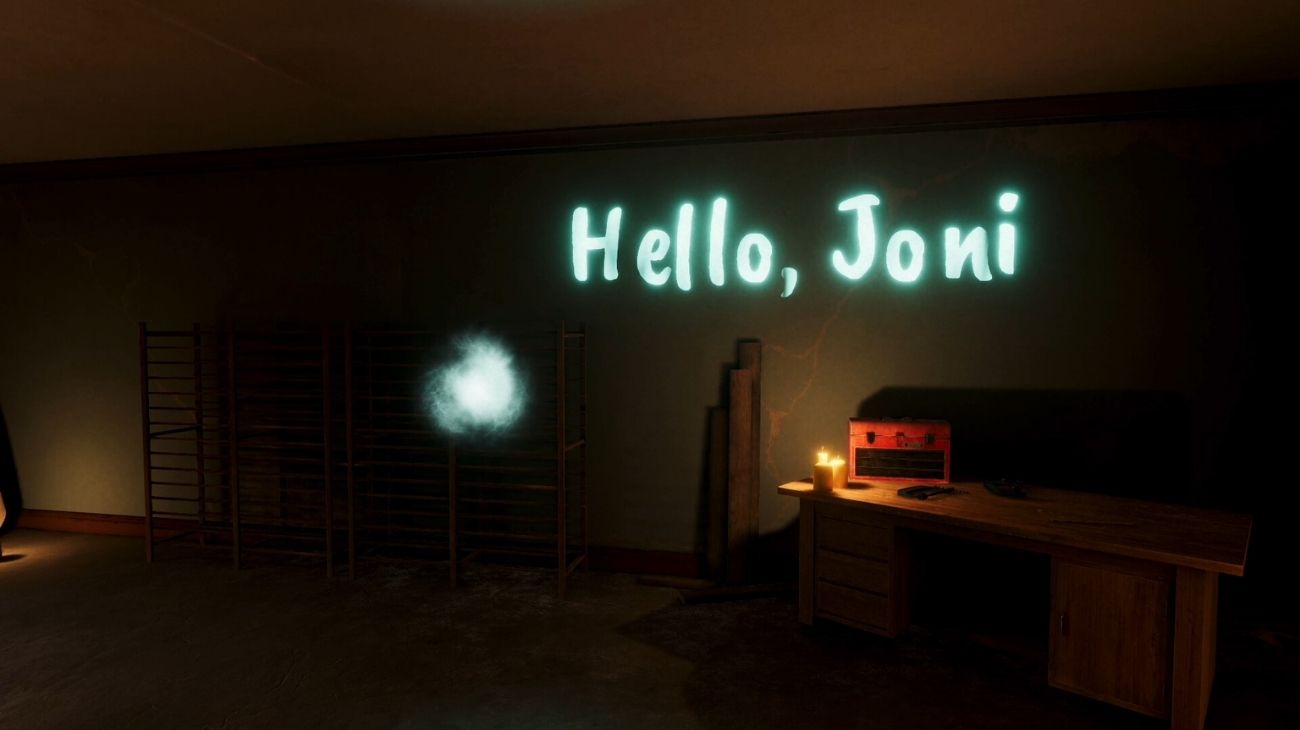
Unrestricted by genre and gametype, the Creative Director did drive home what their main goal is, though. Saying, “Narrative is the main pillar. But that’s not to say that we might make a, you know, a co-op, you know, survival cozy exploration game, or like a true heartpounding, crunchy survival horror game, or some other component that really frees you up. If you can get the traction in the audience, it really frees you up, where it’s like we don’t always have to make a first-person shooter. You don’t always have to make a walking sim.”
“All of a sudden, the core is the themes and the storytelling foundation of Causeway. And then we can either make a game that we want to make and fit a story around that, or we can tell a story and then choose the mechanics that can best tell that story, rather than being like, ‘Well, our studio only makes you know, top-down strategy games. So we can’t branch out from that.’ That’s why I think starting with what I would call a quintessential narrative experience, and a walking sim, is a good place for us because that establishes ground zero.
The places we can go in the Worlds Across the Causeway, which are so vast both in story and in genre, where narrative is also always the key. And this is like a quintessential walking simulator, or as I like to call it, a stroll player, and I’m going to beat that drum until that becomes the thing,” Rogers said.
The Haunting of Joni Evers is all about complex characters and no singular antagonist.

Like any good “stroll player,” as you walk through the house as Joni, you can interact with different objects that reveal more about who Joni’s family is, her relationships with them, and the town they live in. “There are connections to find, and those connections are great, but canon can sometimes be overrated. I sometimes think of it as ‘the canon is dead, long live the canon.’ I [initially] wrote this story and had a voice for Joni, and now that’s not Joni. That’s like a caricature of Joni. So why don’t I work that into the story, and sometimes have conflicting things because everyone is bringing their own thing to a story?”
The way Gregory Rogers explains the coexistence of both microfiction outside of the game and the portrayal of Joni within it sets up an unreliable narrator of sorts. And within a tactile type of game that requires you to interact with objects to learn more and see the story unfold in small pieces throughout the house, this works brilliantly to set up different perspectives on who the characters we are meeting and reading about could be.
In that way, Causeway Studios is less focused on presenting us with defined characters as good and bad, but more interested in having the players form their own decisions through learning it all as Joni. Rogers added, “I think that leaving room for people to walk away with different interpretations or things that meant different things to them is really important, especially in an interactive medium.”
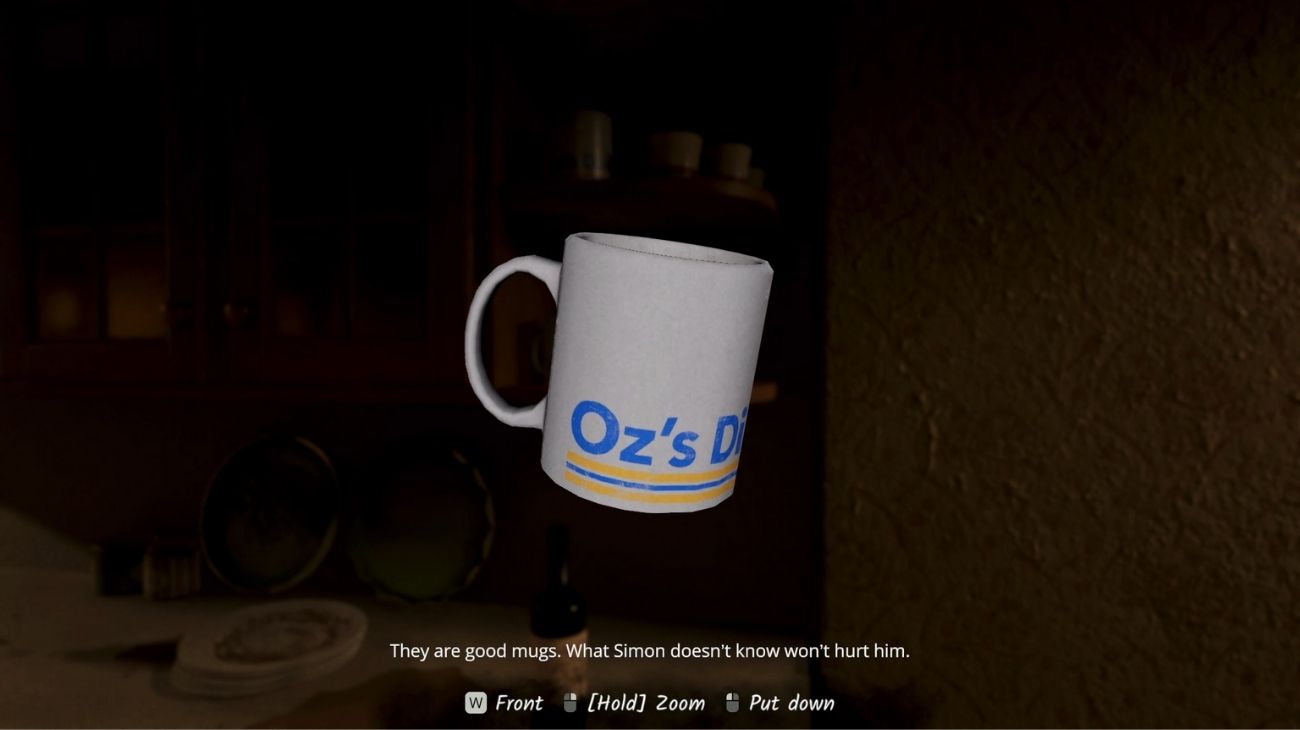
Causeway has also left the characters open to a certain amount of interpretation by layering pieces of them throughout the Cunningham House. You may not find every note or may click away from a bit of information before you’ve finished reading, but you will still experience the story. However, the key to developing this is allowing players to access different points of view through their exploration.
When asked about the writing process involved in this kind of storytelling, Rogers responded, “It’s starting with approaching characters and another component [is about] the strange within the mundane and the fantastical within the everyday, those are the throughlines in the kinds of stories that we want to tell. For example, there are multiple inspirations that I’m pulling from, like a high-level point of view.”
He continued, “Like David Lynch and Twin Peaks, or things like my favorite band, Lord Huron, and their music and the way that they have this kind of fusion, but they’re telling these stories that you can bring your own things to. As well as Remedy Games’ Alan Wake and Control, these things that have this kind of ‘I want to believe in the strange’ quality.”
“I actually think it’s easier for me, at least as a creative, to explore the more human aspects through the strange, because what that allows you to do is create characters that have a specific background. They have specific lived experiences like ethnicity, gender identity, or sexual orientation, all that kind of stuff, and you don’t have to be specifically within a bucket of whatever character is on screen to see a piece of yourself or identify a piece of yourself,” Rogers said.
And the strange is certainly the jumping-off point for The Haunting of Joni Evers. Still, every story has a message, and Gregory Rogers explained how Causeway crafted their argument. He explained, “A lot of times, stories have a moral argument and everything in it is doing the exact opposite of what the‘ moral is, but it’s grounding you in a certain way, and it’s building around that and figuring out how to explore characters through their strengths and their weaknesses because we all have dark elements. We all have elements that are strengths, and framing around those is the best way I can put it, at least initially, to build your world.”
Even in a story with supernatural elements, a grounded narrative is key for Causeway Studios.
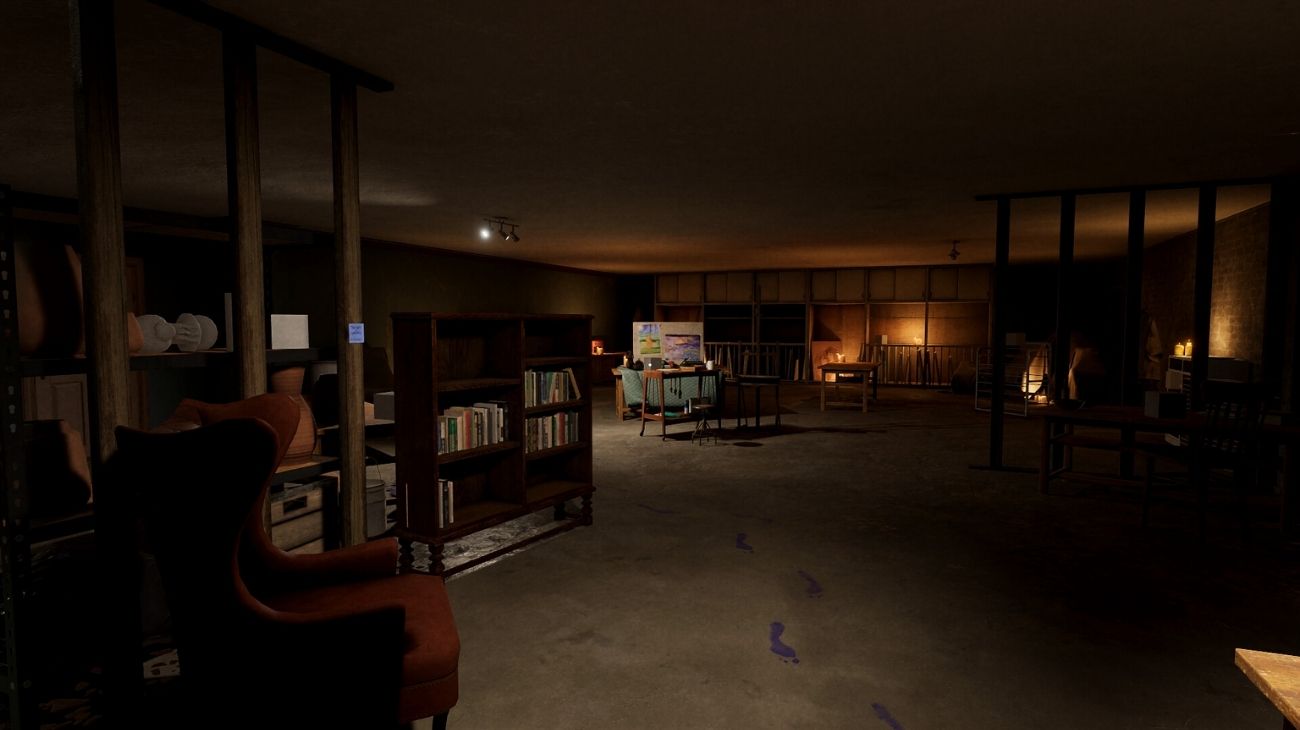
For Causeway Studios’ narrative-driven style, creating characters is grounded in the fact that we are all flawed. The best of us have a darkness, and by exploring that nuance, that’s where an interesting story is told. By allowing for complicated characters, The Haunting of Joni Evers has been able to resonate with its audience.
Rogers explained, “Going through and seeing a lot of the reviews on Steam from people had been incredibly gratifying because you never know how someone’s going to come to [a game]. Seeing people say things, you can tell the people who this game was for get it, because they’re [commenting] how the game meant [something to them], or ‘this helped me’ and ‘I see myself here.’ That was really gratifying to me because when you try to put something complicated together in any form of storytelling, you just have to send a signal out and see who’s receiving it.”
The resonance that the games have with their players stems from the story being told and the trauma and anger being explored through Joni. “In terms of why [we tackled] this particular type of story, I think it’s just because there are elements of being drawn to the human condition. Ben Schneider, the lead of Lord Huron, recently discussed their latest album, The Cosmic Selector Volume One, and shared some of the things that inspire him. He mentioned a couple of things, and I agreed. It’s like explorations of ‘love, consciousness, and the cosmos.’
Those are things that all of us can be pulled towards in some way, they’re mysteries that don’t necessarily need an answer, but it’s the pursuit of them in which you may uncover things about how you feel and how you work with other people, or how you fit, and how you grow and develop,” he continued, explaiing how the connections they focused on, weren’t revolutionary, just specific to their persective.
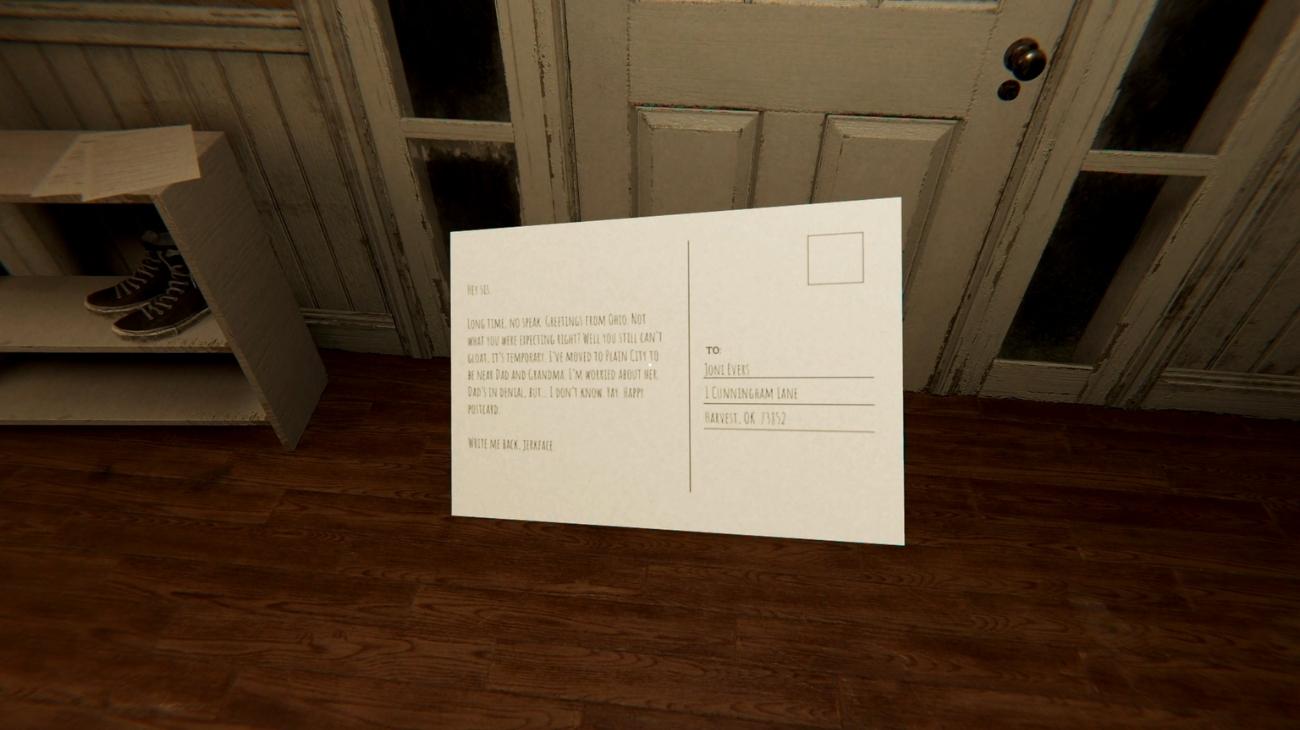
“We’re not trying to reinvent the wheel, but we did think about how what we can bring as storytellers is unique and that hasn’t really been done. Oftentimes, especially in horror, when there is a moment of trauma, it can be reductive, perhaps because you’re trying to get a villain or an antagonist or an opponent upon which to work against or to cast these intense emotions in the genre,” Rogers explained.
He continued, “For example, I’m kind of tired of stories being about how there was a daughter and a mother and the father was abusive, and that is where the trauma comes from. I’m not saying that those stories don’t need to be told, but I feel like, at this point, those stories should be told by people who have something specifically to say about that situation [and not the default].”
Hearing Rogers explain the studio’s approach to a story about trauma explained why the game even resonated with me. Anger toward family isn’t always because of some irredeemable sin, and as I’ve gotten older, I’ve understood the complexities of parenthood that inadvertently led to my own scars. It’s not to say that it isn’t a reason for anger, but rather that, sometimes, the feelings you can have toward it are complicated. And The Haunting of Joni Evers understands that.
“What I was thinking with [The Haunting of Joni Evers] is what if everything is a little bit more three-dimensional, where it is presented in a way where, for example, Joni’s really mad at her mom, and that’s the core opponent. And there is this haunting going on, and it’s real and dangerous. We can’t ignore this malicious spirit that’s roaming around and causing the core of the issue, but it’s within the game world. [The haunting is] a vehicle for her to deal with her issues and with all of her family members, but it’s mainly with her mom,” he said.
Adding, “One of the things I wanted [players] to come away with was not to be able to come to a consensus on Lilith, on [Joni’s] mom. The narrative design goal was for people to be able to see yes or no, team Lilith, team Joni, or somewhere in between by the end of the story.”
Empathy has been key for Gregory Rogers as a Creative and Game Director.
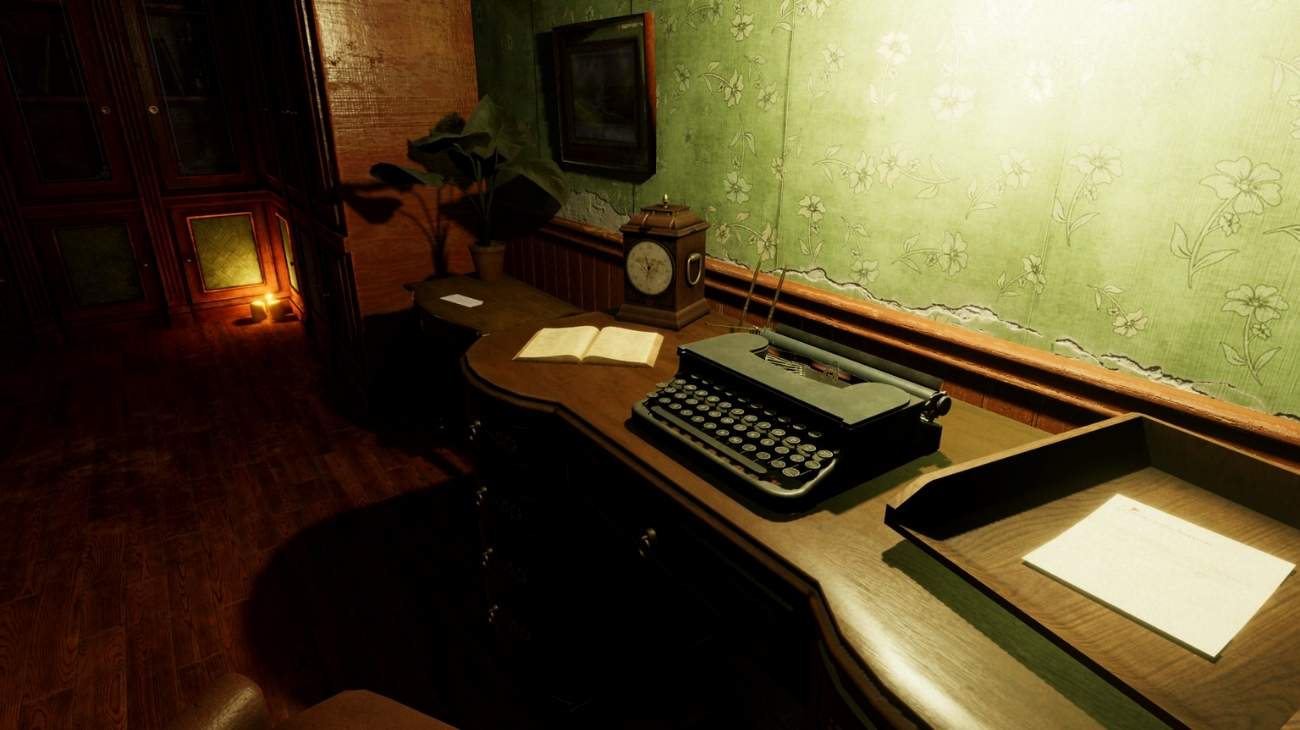
To close out our time together, I asked Gregory Rogers a question I like to ask creatives I speak with: What did he learn about himself by working on The Haunting of Joni Evers? He paused for a moment, and then answered, “I think it’s that I am always surprised with myself when it comes to my ability to write characters because often times…”
He paused and then started again, “I am a cis-het white man, and I take that state of being very seriously because I really want to make sure that, again, like I said at the beginning, everyone can see themselves in these stories. Being aware of [my identity] means that sometimes I just don’t have the angle on something, and yet that’s kind of what coming back to the human condition component means. There’s this empathy component. And I don’t like being perceived. I don’t mind the attention, per se, but I enjoy putting things out there. And so it’s an element of like, yeah, Greg, you’re pretty good at putting characters together.”
Empathy is key here, and speaking with Rogers and playing The Haunting of Joni Evers, empathy comes through in spades. And, of course, empathy is the foundation on which good horror stories are built. He added, “I think that as we continue to go forward, building a diverse team around the mission to make [our studio] even better going forward will make our stories even better and better.”
The Haunting of Joni Evers has been an interesting and thoughtful experience as a player, but more importantly, after speaking with Rogers, I can see how much farther this type of storytelling can go. With a dedication to creating complex characters and recognition of the need for empathy in narrative, Causeway Studios has a bright future ahead of it.
The Haunting of Joni Evers is available now on PC via Steam.

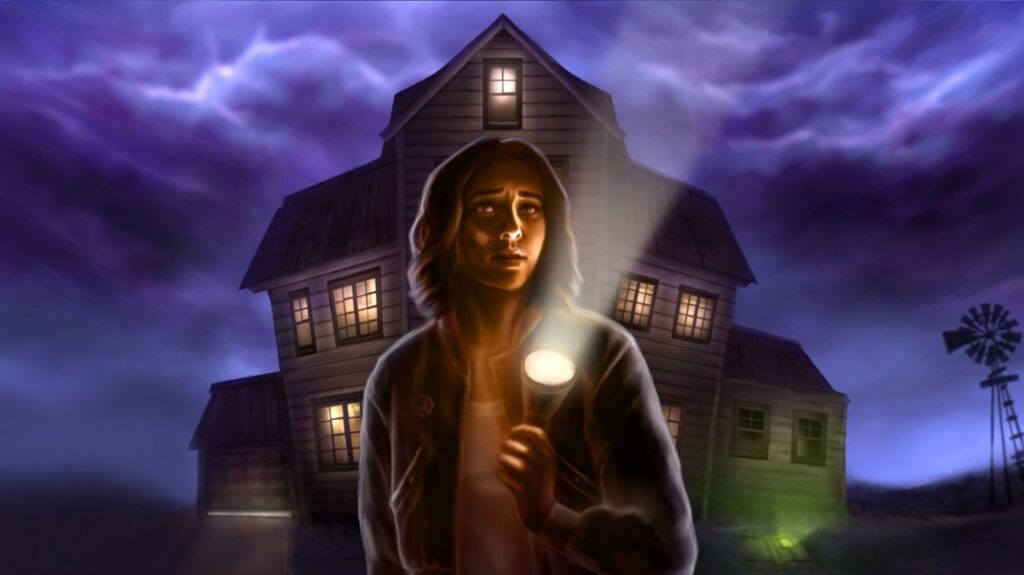

![[EXCLUSIVE] Palia Devs Dive Into Winterlights, New Tints, Lunar Paths, And More From Upcoming Patch Palia Winterlights Patch](https://butwhytho.net/wp-content/uploads/2025/12/Palia-Winterlights-But-Why-Tho-450x247.jpg)

